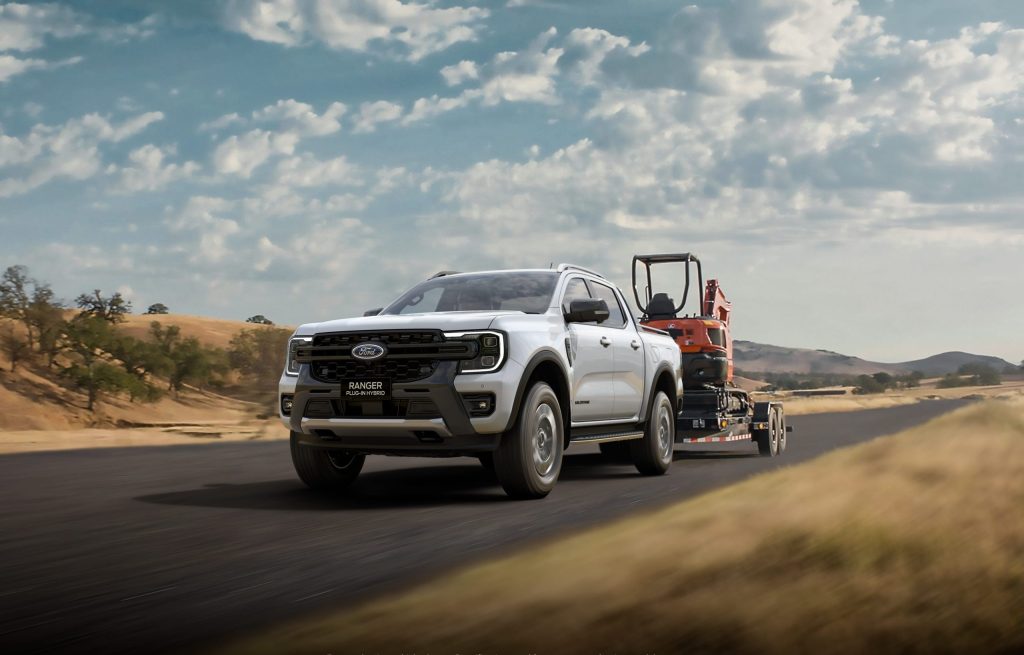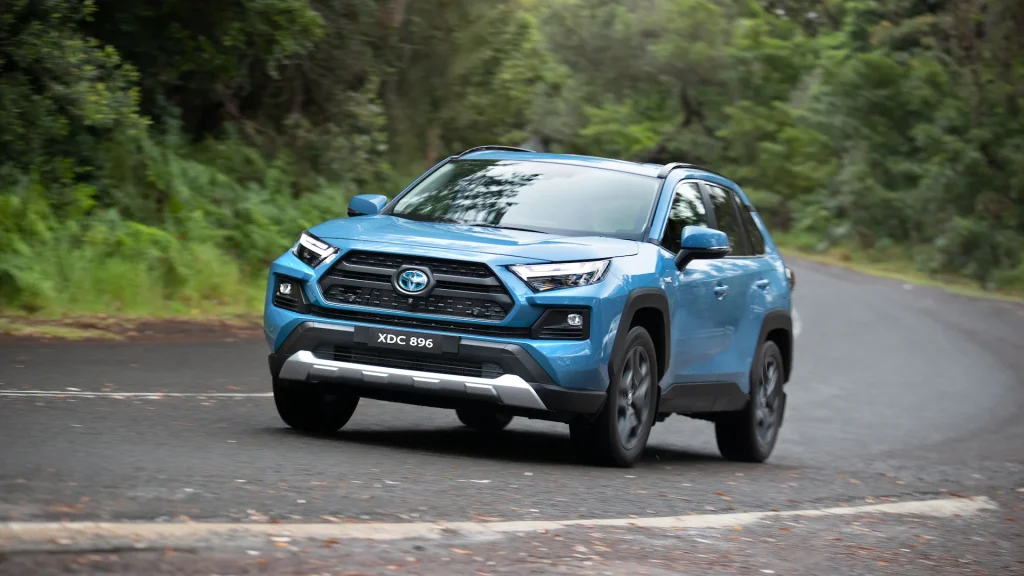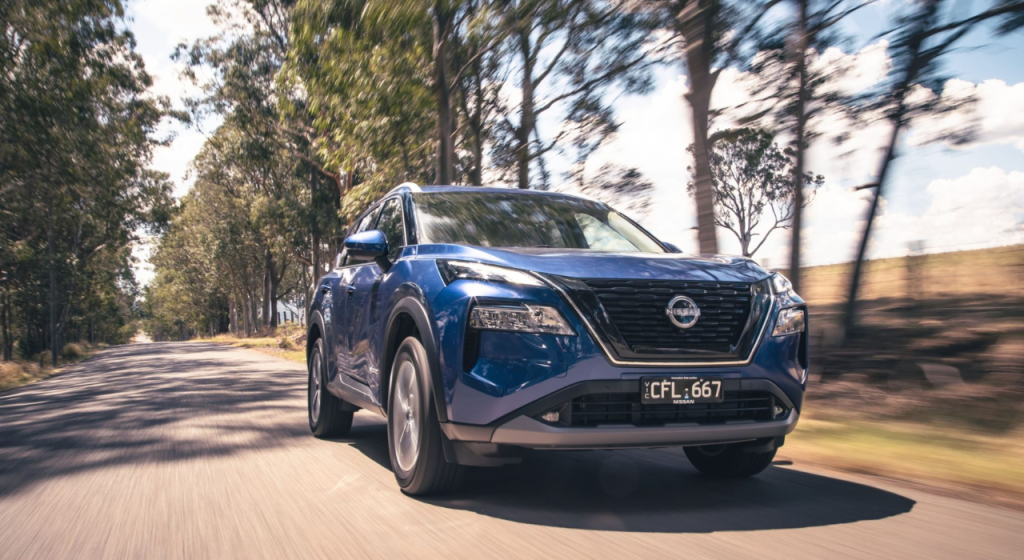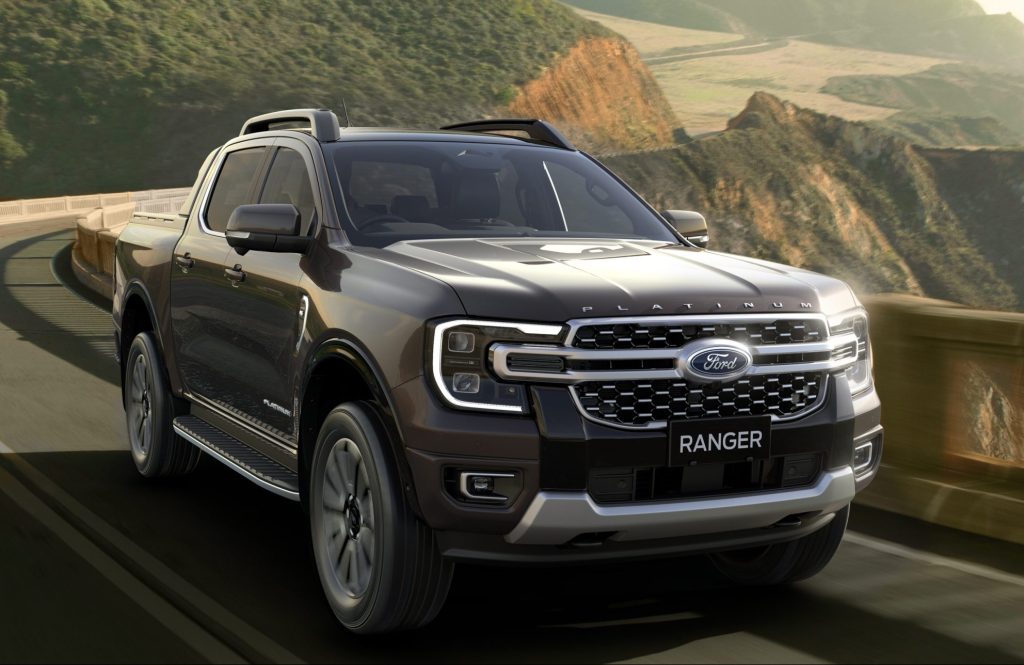The number represents a 12.0% increase compared to the same month last year and sits 2.7% ahead of the previous record May sales total of 102,901, which was reached in 2017. It also marks the best month of 2023 so far, being the only one to pass 100,000 units sold to date (March was the next closest at 97,251).
However, much of this result can be attributed to the filling of backorders which were weeks, months or even years old. As a result, many industry experts feel this isn’t necessarily representative of the current market situation, which has seen a notable drop-off in new enquiries.
Hybrid and EV sales continue to point towards a promising new direction for vehicle ownership in Australia, with 7.7% of all sales across the month being battery electric vehicles and 15.6% being electrified in some way.
Growth was seen across all market categories compared to last year, with SUVs (+14.7%), heavy commercial vehicles (14.4%) and light commercial vehicles (+10.7%) all growing by upwards of 10%.
Passenger vehicles also saw growth, albeit at a lower rate of 5.0%. This saw their market share shrink to just over 17%, while SUVs maintained their stronghold on the market at a fraction under 56%. The good news spread throughout Australia, with every state and territory experiencing a bump in sales compared to the same period last year. Western Australia benefitted the most, with a 25.1% increase, while Queensland (+17.4%) and Victoria (+15.9%) also enjoyed notable boosts.
Market sales: May 2023
| Category | May sales | % change vs 2022 | Market share % |
| SUV | 59,011 | 14.7 | 55.8 |
| Light commercial | 23,824 | 10.7 | 22.5 |
| Passenger | 18,120 | 5.0 | 17.1 |
| Heavy commercial | 4,739 | 14.4 | 4.5 |
Vehicle sales by state or territory: May 2023
| State/territory | May sales | % change vs 2022 |
| New South Wales | 31,589 | 2.4 |
| Victoria | 29,154 | 15.9 |
| Queensland | 22,306 | 17.4 |
| Western Australia | 11,703 | 25.1 |
| South Australia | 6,737 | 10.5 |
| Tasmania | 1,697 | 2.8 |
| Australian Capital Territory | 1,513 | 10.7 |
| Northern Territory | 1,095 | 9.9 |
Vehicle brands: May

Toyota remains well behind its 2022 numbers, but it rebounded in May to record 18,340 new vehicle registrations, widening the gap at the top to just under 10,000 units.
After decreases of 39.4% in March and 33.0% in April (with the margin ahead of second place hovering around 5,000 in both months), the 19.6% drop it suffered last month is a step in the right direction.
Second-placed Mazda turned around a deficit from last month to power ahead of last year’s May result by over 30% with 8,475 new vehicles sold. It was the Japanese manufacturer’s best month in terms of sales since January.
The big news to come out of the month that was, however, was Hyundai outselling its sister company, Kia, for the first time in almost a year. The South Korean brand’s 7,078 new units sold represented a marginal 0.2% increase compared to last year, but it was enough for a podium finish ahead of Kia (7,000, -4.2%).
Ford remained in fifth place (6,251, +19.5%) to round out the top five, while Chinese manufacturer MG sealed its best-ever finish to place sixth overall with 4,828 (+18.8%). This pushed them ahead of Mitsubishi, who slid further into seventh off the back of a 24.7% decrease in sales (4,583).
Tesla (4,476, +>999%), Volkswagen (3,940, +77.8%) and Subaru (3,564, -1.7%) completed the top ten in terms of sales, with the former two in particular enjoying strong returns for the month. GWM was another brand that saw notable growth, with a 72.6% increase on last May’s numbers.
In terms of year-to-date (YTD) sales, Toyota remains comfortably out in front of Mazda, despite sitting 27.9% behind where they were at the same stage last year. Of the top ten, Tesla (+314.2%), Subaru (+31.0%) and Ford (29.0%) have seen the biggest growth, while Mitsubishi (-28.5%) following Toyota in the opposite direction.
Best-selling vehicle brands: May 2023
| Brand | May sales | % change vs 2022 |
| Toyota | 18,340 | -19.6 |
| Mazda | 8,475 | 30.9 |
| Hyundai | 7,078 | 0.2 |
| Kia | 7,000 | -4.2 |
| Ford | 6,251 | 19.5 |
| MG | 4,828 | 18.8 |
| Mitsubishi | 4,583 | -24.7 |
| Tesla | 4,476 | >999 |
| Volkswagen | 3,940 | 77.8 |
| Subaru | 3,564 | -1.7 |
| Isuzu Ute | 3,481 | -0.4 |
| GWM | 3,241 | 72.6 |
| Nissan | 3,085 | 3.9 |
| Mercedes-Benz | 2,418 | 8.7 |
| BMW | 2,329 | -8.1 |
Best-selling vehicle brands: YTD 2023
| Brand | 2023 sales | % change vs 2022 |
| Toyota | 71,287 | -27.9 |
| Mazda | 40,718 | -6.8 |
| Kia | 31,609 | 2.2 |
| Ford | 30,429 | 29.0 |
| Hyundai | 29,492 | -1.4 |
| Mitsubishi | 25,662 | -28.5 |
| MG | 20,676 | 2.8 |
| Tesla | 18,559 | 314.2 |
| Subaru | 17,582 | 31.0 |
| Isuzu Ute | 16,746 | 9.2 |
Vehicle models: May

It was a huge month for the Toyota HiLux, whose 5,772 new registrations (+11.5%) saw it emphatically reclaim top spot among the best-selling models, crushing the Ford Ranger (4,110, +9.6%) by over 1,600 units across May.
The two powerhouse utes have been doing battle across the opening months of the year, with the Ranger claiming victory more often than not, but the seismic nature of the win has catapulted the HiLux into a slender lead in the YTD sales.
The Tesla Model Y made moves into the top three, with the 3,178 vehicles marked as sold pushing it ahead of the Toyota RAV4 (2,616, -33.4%), which continues to lag behind its 2022 sales. Because the Model Y is only less than a year old on Australian shores, sales data from last year isn’t available.
The MG ZS also jumped a few rungs on the sales ladder thanks to a month that yielded 2,502 units shifted at an improvement of 42.3% compared to last year. The Isuzu Ute D-Max (2,371, -2.5%) and the Hyundai i30 (2,163, +6.7%) were the only other models to crack 2,000 sales for the month.
The Mazda CX-5 sneaked back into the top ten with 1,846 sales (-5.2%), just ahead of the BT-50, which almost doubled its May 2022 numbers (1,788, +94.6%), while the Hyundai Tucson (1,911, +11.7%) and Mitsubishi Outlander (1,880, +4.3%) retained their places in the best-sellers’ list.
As mentioned, the HiLux holds a slender lead of 544 vehicles over the Ranger in YTD sales, despite the fact it remains 10.0% lower than the same time last year and the Ranger is 26.0% ahead.
Meanwhile, the Tesla Model 3 slid to fifth overall after being overtaken by the D-Max, which now sits in third place, and the RAV4. However, the Model Y is now also in the top ten after a strong May, pushing the Hyundai Tucson out and gaining on the Mazda CX-5.
Best-selling vehicle models: May 2023
| Model | May sales | % change vs 2022 |
| Toyota HiLux | 5,772 | 11.5 |
| Ford Ranger | 4,110 | 9.6 |
| Tesla Model Y | 3,178 | N/A |
| Toyota RAV4 | 2,616 | -33.4 |
| MG ZS | 2,502 | 42.3 |
| Isuzu Ute D-Max | 2,371 | -2.5 |
| Hyundai i30 | 2,163 | 6.7 |
| Hyundai Tucson | 1,911 | 11.7 |
| Mitsubishi Outlander | 1,880 | 4.3 |
| Mazda CX-5 | 1,846 | -5.2 |
Best-selling vehicle models: YTD 2023
| Brand | 2023 sales | % change vs 2022 |
| Toyota HiLux | 21,951 | -10.0 |
| Ford Ranger | 21,407 | 26.0 |
| Isuzu Ute D-Max | 10,743 | -3.0 |
| Toyota RAV4 | 10,665 | -44.0 |
| Tesla Model 3 | 10,117 | 125.8 |
| MG ZS | 9,823 | 9.4 |
| Mazda CX-5 | 9,795 | -24.1 |
| Mitsubishi Outlander | 9,718 | 29.1 |
| Hyundai i30 | 8,691 | -12.7 |
| Tesla Model Y | 8,442 | N/A |





